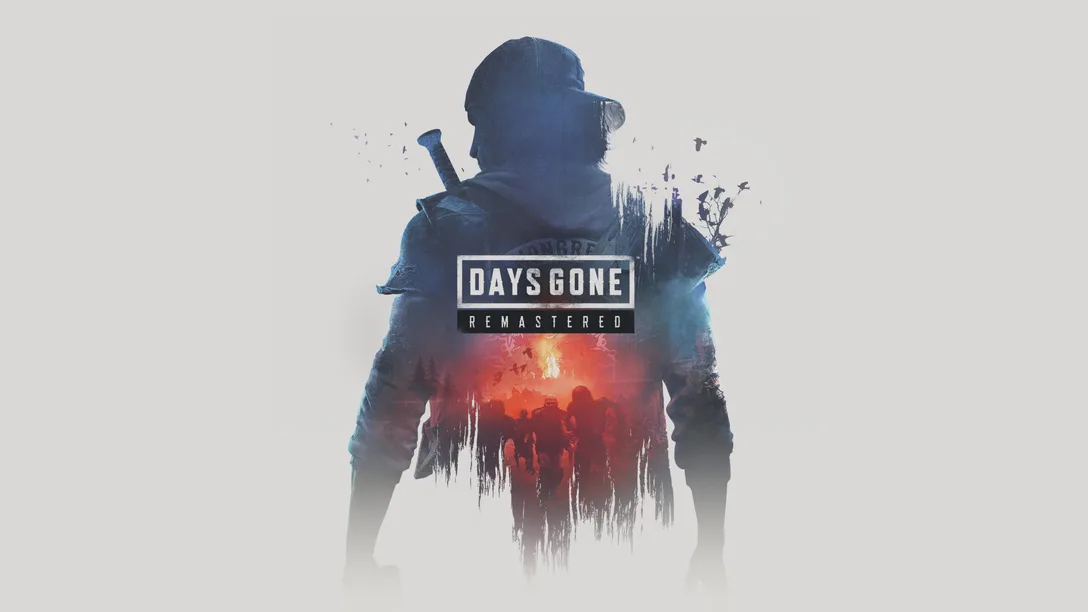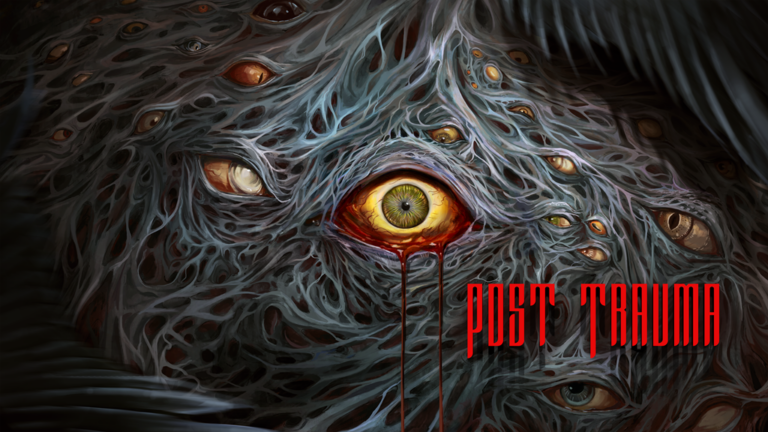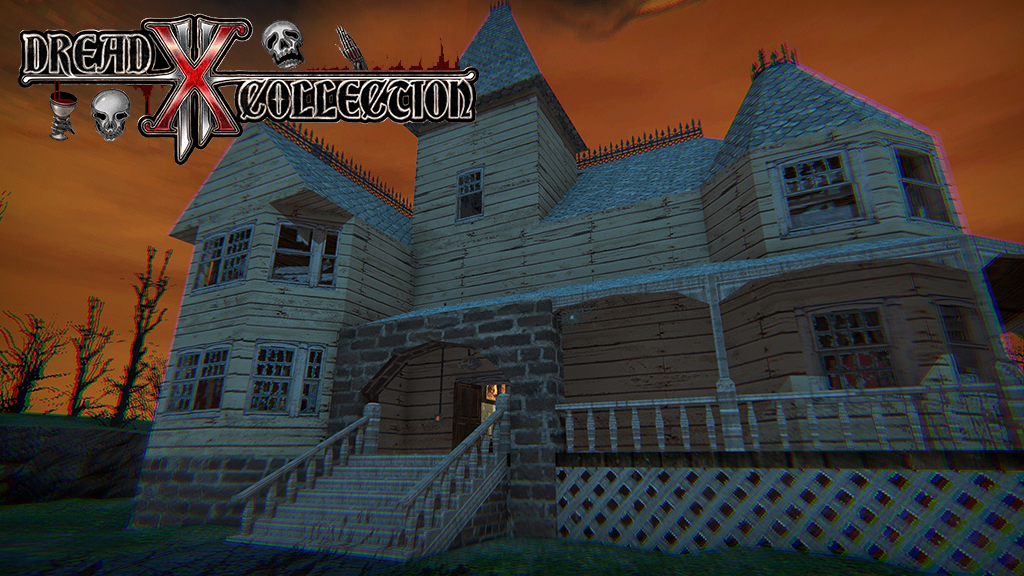
After releasing the first Dread X Collection a few months ago, Dread XP is back at it again with the follow-up, Dread X Collection 2. This sequel brings more indie devs into the fold and attempts to further some of the concepts and ideas from Dread X 1 with a more fleshed-out and playable “main menu” and even more varied styles of gameplay and horror.
The first collection was a great experiment in what kinds of experiences some horror devs could create with just a short amount of time and a small amount of money. It resulted in some genuinely impressive results as an anthology-like compilation. Dread X 2 has a few returning developers and plenty of new ones. They also tried to stick with a general overall theme of Lovecraft, though not every single dev did so very outwardly.
While I’ll talk about the Dread X 2 package as a whole, I feel it’s best to give some info and impressions for each included game, as I did in my review of the first. Going about it this way helps one understand the kind of diversity included here and how each piece contributes to the overall package.
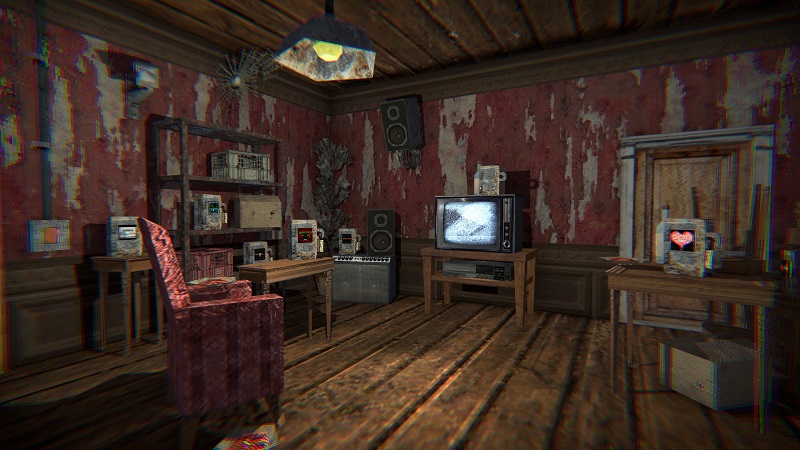
Instead of Dread X 2 starting you out with a simple menu as a launching point for all the titles, it begins inside a playable game where you explore a PS1-aesthetic mansion in first-person. The locked room where it all starts includes a TV, stereo, VCR, and several boxes that contain VHS tapes. After being told by a voice on the speakers that each of these tapes is one of the games in the collection, you can choose to put any of them into the VCR to jump in.
Upon completing your first tape, you’re sent back to the VCR room and told to leave and explore the rest of the mansion. Exploring the mansion to unlock the rest of the tapes becomes one of the best parts of the whole experience, with 12 different puzzles to solve in the house and its surroundings. Lovely Hellplace, a developer from Dread X 1 (responsible for Shatter), created the mansion level, and I’d almost consider it the 13th game in the collection.
You can choose to solve all 12 puzzles and get all the keys right away, or periodically come back to unlock and play the other tapes as you wish. If you don’t want to solve puzzles to unlock more tapes, there’s also a “free play” option that doesn’t require solving the puzzles to play the 12 games within, but this method doesn’t let you explore the house outside of the VCR room.
After completing all 12 titles, you’ll get access to a secret basement in the mansion that hides one final trick up its sleeve. This way of unlocking everything is leaps and bounds better than the simple menu approach taken with Dread X 1 and is truly one of the more enjoyable playable parts of the collection.
Now, on to the other 12 adventures by other devs; I won’t go in any particular order, but some will get a little more attention than others due to the complexity of the experience or if I have more to say about them.
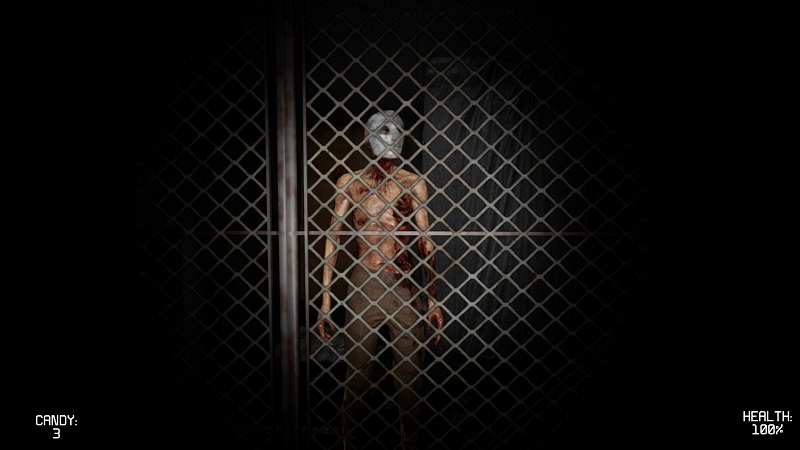
I started my Dread X 2 journey with Toy Shop from Mahelyk (The Outsiders in Dread X 1,) and boy, is this one unique. It begins with taking control of a soldier in what seems to be a post-apocalyptic world not too dissimilar from Fallout or your average zombie romp. After progressing a bit, you walk outside of a building to realize you’re a tiny toy inside a toy shop. The aesthetic suddenly shifts to a bizarre, children’s fairy-tale fantasy look for a short time as you complete a few missions.
Shortly after traversing some odd 2D platforming puzzles where the camera completely changes to third-person, you dip back into the post-apocalyptic setting. You soon emerge inside a very dark facility and find a gun lying on the ground, hinting that there will be something you need to defend yourself against very soon. Sure enough, as you round some corners, creepy derelict madmen run at you from the darkness, making strange noises as they attack.
This instantly gave me flashbacks of Condemned: Criminal Origins, and the effectiveness of these enemies at sneaking up on me never failed to make me jump out of my seat. As the story goes on, the Condemned vibes continue as you pass through rooms full of humanoid robots standing perfectly still. Naturally, some of the robots have become corrupted into Terminator-like killing machines. With no defense against these robots as they chase you, the gameplay switches styles yet again, becoming a race for time to avoid the ever-pursuing metallic death machines.
While the start of Toy Shop is pretty off-putting and slow to ramp up, once you get to the Condemned-like settings, you’ll be thankful you stuck with it. Toy Shop was truly one of the better experiences included in Dread X 2; I just wish the beginning wasn’t quite so slow-to-start.
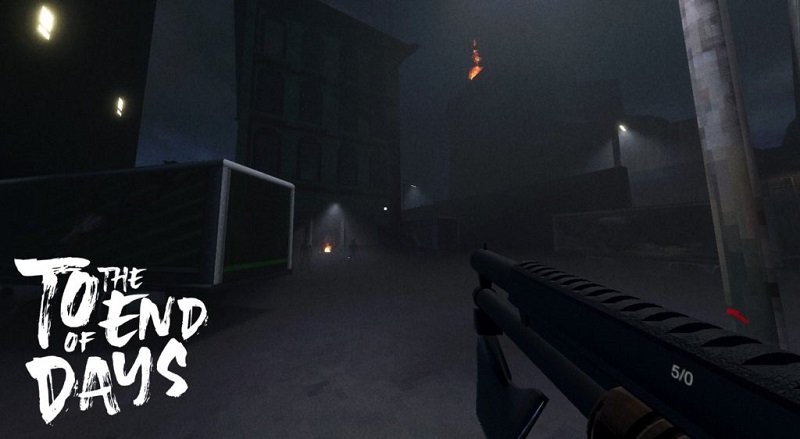
To The End of Days is another one of my favorite titles here, being a sort of follow-up to Scythe Dev’s Dread X 1 game, Carthanc. Even though it takes place in the same universe, To The End is a very different experience than Carthanc in most ways, as you wake up in a post-apocalyptic city that’s been overrun by doomsday cultists. Armed with your trusty shotgun, which also has an ax blade attached to the front for melee, you must hunt down cultists to find a way out of the city.
The main character constantly spouts ridiculous action-hero/Duke Nukem narration over the events you encounter, providing a funny and surreal vibe to every scene. ’80s sci-fi synth music plays the whole time, for a very Escape from New York tone that gets you immersed into the setting.
Ammo is very limited, so melee is your only option for many of the early encounters. Despite being extremely simplistic, there’s a great joy in the melee and shooting in this game. As you pass through the creepy city, you’ll eventually encounter some of the terrifying enemies you faced in Carthanc, but this time you have a defense against them.
The final epilogue chapter is pure bliss in excess, as you stock up on a nearly limitless supply of shotgun shells and clear out a whole roof full of cultists by the dozens — while some wonderfully out-of-place, triumphant music plays in the background. The whole thing was a joy to complete and exceeded my expectations in every way.
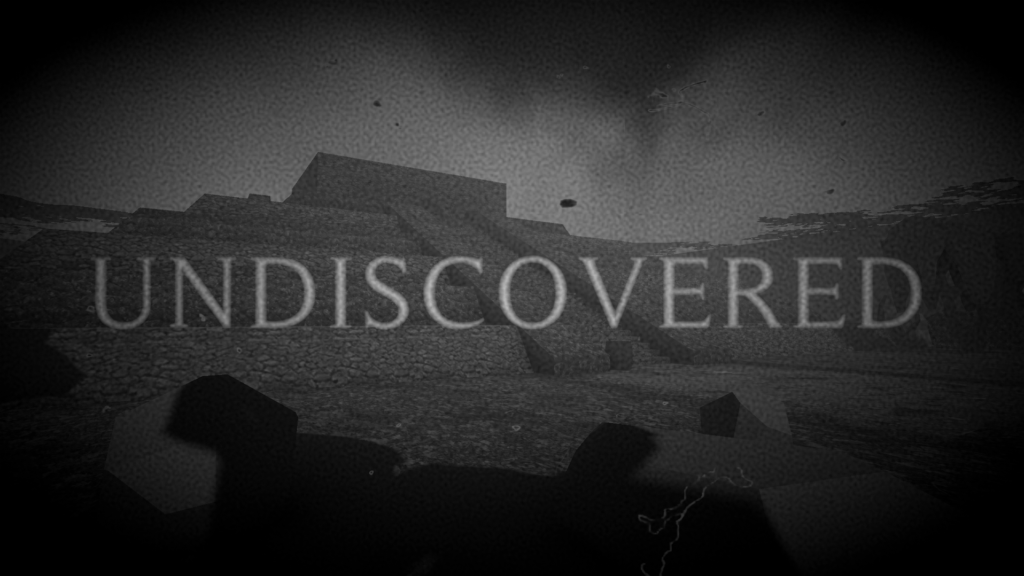
Next up is Undiscovered by Torple Dook (responsible for Hand of Doom in Dread X 1,) which manifests as a walking sim of sorts, but a fairly unique one by some accounts. Undiscovered is technically a second-person game (not 1st or 3rd). You control the main character who is being filmed by a documentary cameraperson in the 1940s somewhere in South America.
The characters explore an ancient tomb and solve some straightforward puzzles. In this journey, they cross some strange statues, markings, and notes, showing that a group of Spanish conquistadors had been prior. Eventually, some skeletons start to attack and require avoidance to prevent your adventure from ending too soon.
At about the halfway point, you’ll realize the game is extremely tongue-in-cheek and silly, as all the enemies begin literally spouting sound bytes from Resident Evil 4. I couldn’t stop laughing for the entire 2nd half of Undiscovered, especially after an absurd tribal remix song using sounds from RE4 starts playing in the background. It ends with some Lovecraftian themes and creepy imagery, but this was just a fun and hilarious ride from start to finish.
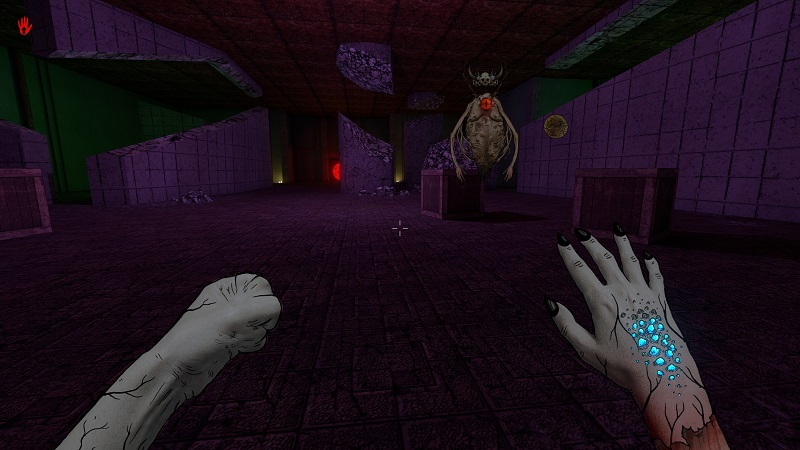
Touched by an Outer God by Wither Studios is a unique first-person twitch shooter not unlike Doom in many ways, but with a unique cel-shaded art style that looks like it takes place in Telltale’s Walking Dead universe. There’s a fun upgrade system that keeps you moving along as you kill enemies and eat their body parts, making you stronger in the process. Touched by an Outer God was another one of the best and most robust jaunts in the collection and is worth a look.
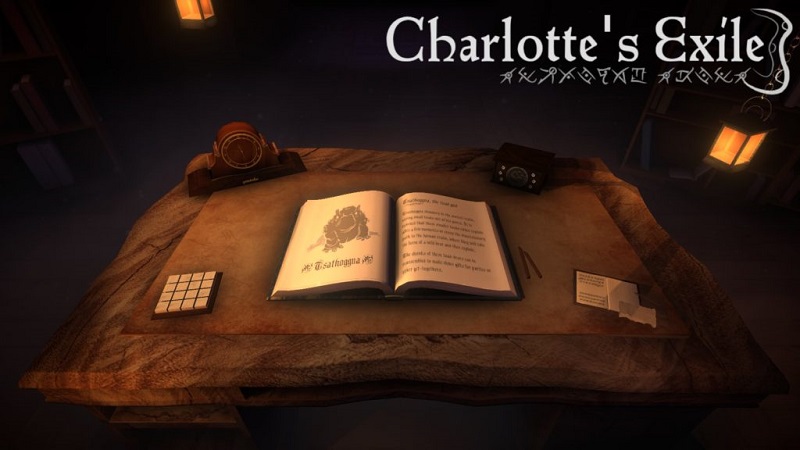
Charlotte’s Exile is a simple but effective little puzzle title that involves deciphering the language of the Ancient Ones from Lovecraft’s world to decode a note left by your missing wife. The whole game takes place in one room as there’s a table full of objects and notes that piece together the fate of your missing companion.
There are a few jump-scares thrown in here that caught me off guard, as well as some fun surprises or creepy things that happen around you. Plus the puzzle-solving was well done and even required me to write some notes down on paper to figure out some of the solutions. Charlotte’s Exile is very satisfying, and only about 30-45 minutes long; well worth your time if you like solving mysteries through cipher-like puzzles and decoding.
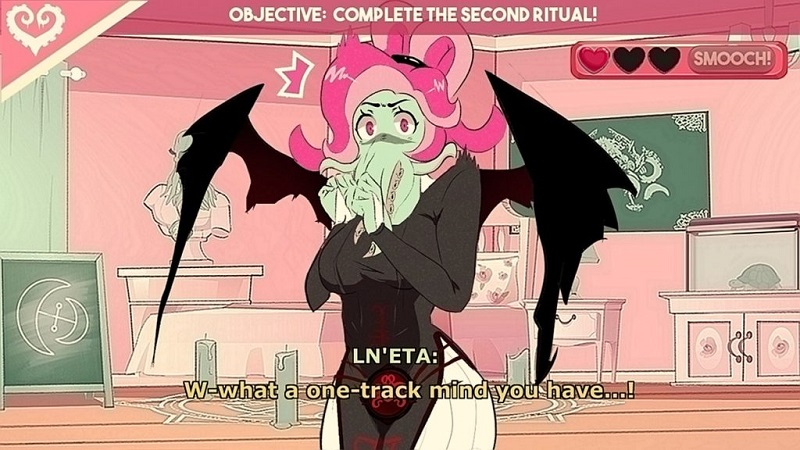
Sucker For Love is the next title here, and this one is mostly meant for comedy. Sucker For Love takes the form of a dating sim game, except the person you’re dating is a rival of Cthulhu himself in the form of a tentacle-faced, voluptuous anime girl. This one mostly takes some of the themes and ideas of some recent popular anime like Nyaruko and makes it into a dating sim.
The way you show your love is by following directions from a Necronomicon, completing rituals and incantations in service to your newly-found love. There are some genuinely creepy moments and good sound design that make some of the later parts pretty tense, as well as a few different endings, so it fulfills the dating sim quota but doesn’t overstay its welcome like most of them do. Overall, Sucker For Love is a fun time that’ll only take about 30-45 minutes.
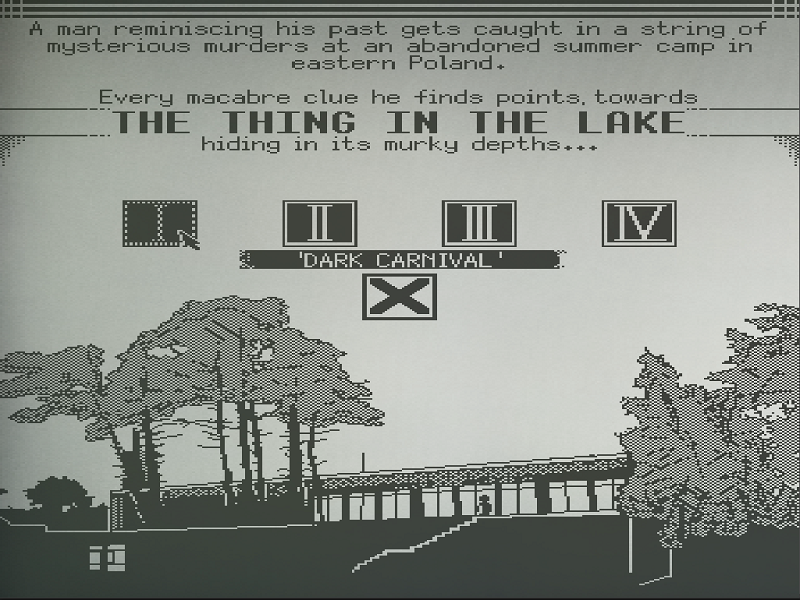
The Thing In The Lake is a new game from Pantasz, the lo-fi Polish developer responsible for World of Horror, and he sticks to his guns here, creating a bite-sized version of his usual style, with visuals and gameplay straight out of a 1980s computer adventure. There’s some unique 1-bit jump-scares here and detailed pixel art, as well as some primitive stealth mechanics, which surprised me at how well they were implemented while also sticking with the old-school technology. Overall, it’s a very short experience that doesn’t do much to push the envelope and the visual style hinders your progression from time to time, not being clear where you can or can’t move to.
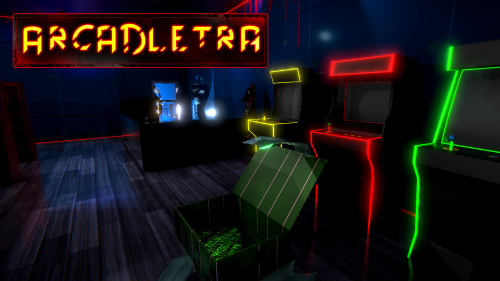
Arcadletra is a title from the maker of the Timore series, where you play as an arcade owner who receives a strange package that turns out to be a portal to another world. It has some interesting visuals and concepts but feels very disjointed and repetitive. Unfortunately, the gameplay boils down to clicking on something and then watching a cutscene without much variance. It’s certainly a commendable effort, but a little rough around the edges.
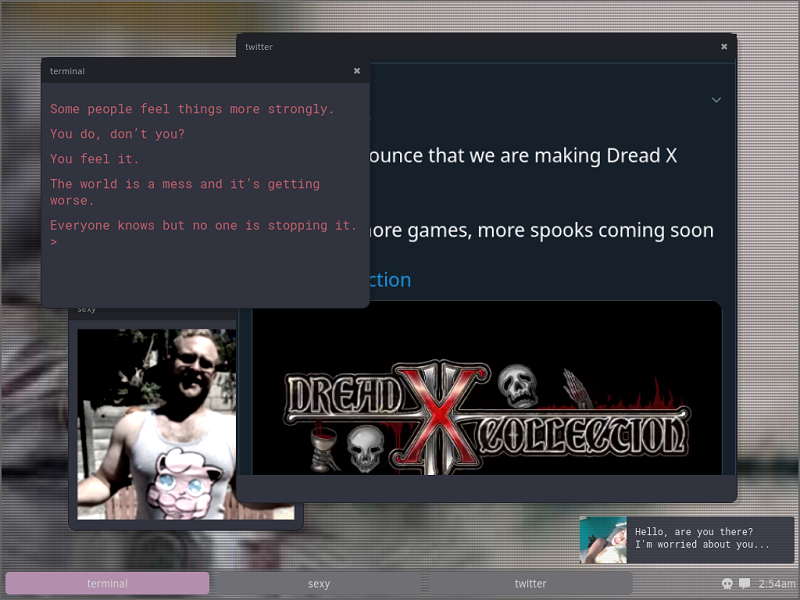
Another Late Night is a very short experience that all takes place within a faux desktop PC. In this story, late-night web browsing and instant messaging turn into a strange metaphysical experience that has the player questioning their existence as humans and life itself. It’s vaguely reminiscent of titles like Fallout, SUPERHOT, and a few other games, with some genuinely good moments. The entire experience only lasts about 15-20 minutes total, however, and wasn’t terribly memorable in the end.
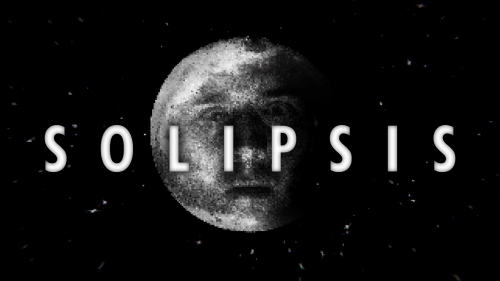
Solipsis starts by establishing an overall theme of isolation and fear of being isolated on the Moon, and on that front, it delivers. It’s another very short 15-20 minute experience. The game has some unique imagery that’s almost gone in the blink of an eye but is nevertheless worth playing.
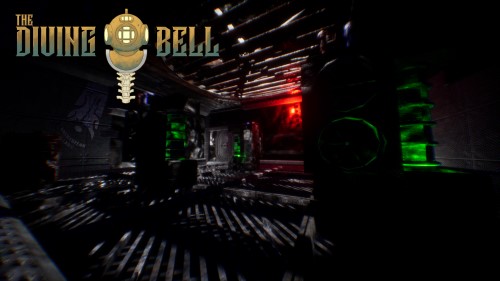
The Diving Bell attempts to do the deep-sea horror thing, with influences from games like BioShock or Deep Fear (I kid,) and movies like The Abyss and DeepStar Six. The game attempts to add an extra level of terror by having the protagonist go insane from isolation as the events unfold. There’s a pretty fun and unique mechanic where you type randomly on your keyboard to make the character type out his journal, where you learn about the story.
Unfortunately, the gameplay tasks that pull you away from the journal were far too frequent and repetitive, and weren’t particularly scary, even if they had some decent ideas and writing. The Diving Bell failed to capture my attention and felt like a chore after the first few tasks that came up.
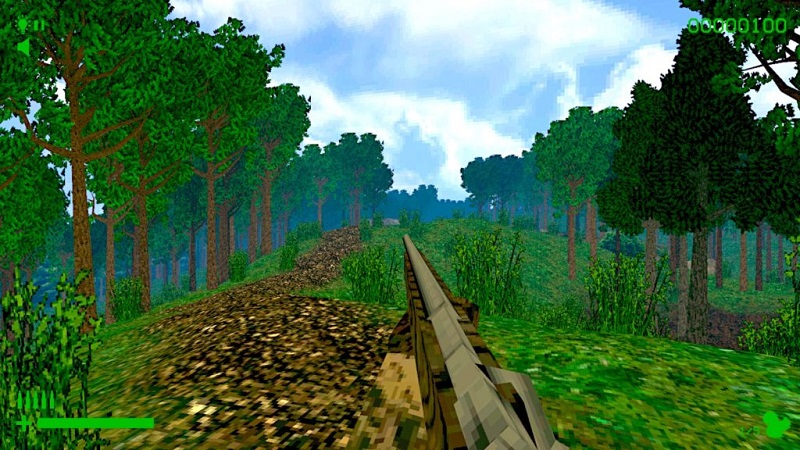
Lastly, we have Squirrel Stapler, the newest release from David Szymanski (DUSK, The Pony Factory) which parodies the strange sub-genre of the early 1990s 3D hunting simulators. Unfortunately, this plays almost exactly like a really bad hunting sim from this era, with a few little touches of the macabre here and there, and ultimately ends up being quite a chore to play through as well.
This one was pretty disappointing, especially considering how good David’s previous projects have been. I’m not sure how it ended up this way, but I can’t say I enjoyed it beyond the weirdness of a hunter keeping his wife’s rotting corpse in a cabin and the absurdity of hunting giant squirrels.
Overall, Dread X 2 brings together a diverse array of developers, just as the first collection did, but by bringing in more developers and more games, this resulted in more of them feeling lackluster or under-developed. This follow-up lacks the impact that Dread X 1 had, but still stands as a solid package on its own, ending up as a worthy follow-up to the first collection, but with a bigger gap in quality and memorability between some of the titles.
It’s still worth a purchase for $10 or less, and worth a few hours of your time to experience the 5 or 6 fantastic titles here. Just like Dread X 1, you’ll get somewhere between 10-15 hours of content here, making it well worth the price of entry. Check it out now on Steam if you’d like to take another trip back into the motley world of Dread X and see what all these unique developers have to offer.
 (7.5 / 10)
(7.5 / 10)
Good
 (7.5 / 10)
(7.5 / 10)Rely on Horror Review Score Guide
A Steam review code was provided by the publisher.
Disclosure: As a note of transparency, Rely On Horror’s own October Keegan contributed art to Dread X Collection 2, but this in no way affected the impartiality in the review.

 IDOLxISxDEAD
IDOLxISxDEAD